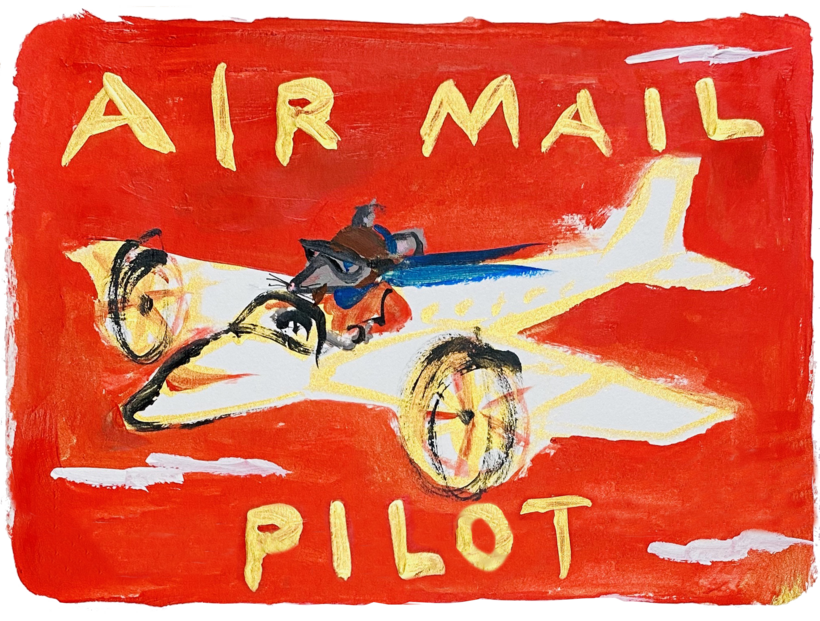Joy Rider

Xavier Hopkins has no perception of depth and a condition that makes his vision shake uncontrollably, reducing him to near total blindness. Yet few can match his prowess at hurtling downhill on a mountain bike. Indeed, he is so accomplished at riding downhill from memory that he is now about to turn his hobby into a profession despite having only 10 percent of his eyesight.
Mr Hopkins, 20, who struggled to find work after leaving his sixth-form college, decided to take his hobby more seriously by training and posting videos of his riding on YouTube and Instagram. He now has 11 sponsorships with cycling and sport companies who have funded him to travel around Europe attending cycling shows and to produce videos for social media. He picked up mountain biking after trying out the sport with some friends as a teenager.
Mr Hopkins suffers from two rare eye conditions: albinism, which means his eyes let in too much light and allow the sun to temporarily blind him; and nystagmus, which causes his eyes to shake uncontrollably, meaning he cannot focus on specific points.

He said: “Especially in the woods, where there is patchy shade and sunny spots, it’s difficult because when it’s dark I struggle to see, and the light makes it harder. The contrast between the shadows and the light makes it very difficult to see anything.”
Downhill mountain biking involves short, intense runs with jumps and obstacles lasting 30 seconds to a minute on downward terrain. Mr Hopkins walks or rides slowly down each trail in order to memorize the route to avoid crashes when he rides at full speed. He said: “I try to memorize what’s where because if there are big rocks I won’t be able to see them until I’m about to hit them. The bikes are quite capable; they tend to absorb that kind of stuff.”
Mr Hopkins walks or rides slowly down each trail in order to memorize the route.
He added that it was “more likely” for him to crash than it was for other riders. “I would say a lot of people with full sight will go and ride the tracks full speed for the first time,” he said. “A few of my crashes have been silly stuff like a route has caught me out, rather than on the big jumps. I’ve had a few crashes and broken my collarbone and hurt my neck before, so I wear a neck brace now when I ride.”
People with visual impairments or other disabilities should not be stopped from taking part in sports they are passionate about, according to Mr Hopkins. He explained: “I don’t think you should have a quota, a certain amount of disabled people in a certain position. You don’t want to force people to do something, but if that’s what they like to do and they’re good at doing it, they shouldn’t be obstructed from doing it.”
King of the Jungle

Tintin in China

An 84-year-old painting of Tintin and Snowy by their creator, Hergé, is expected to fetch a record price of up to $3.5 million at a Paris auction this autumn.
The 14-by-14-inch work was intended to be on the cover of the 1936 Tintin book The Blue Lotus but was never used. It depicts the boy reporter and his white wire fox terrier in a Ming-era vase next to a dragon on a tapestry. The canvas was inspired by a picture of Anna May Wong, the Chinese-American actress who appeared with Marlene Dietrich in the 1932 film Shanghai Express. The painting was not used, however, because the cost of printing the colors was too high.
“This is a unique piece, probably the most important piece of comic art from a private collection,” Eric Leroy, of the Artcurial auction house, said. “This artwork is a genuine masterpiece encapsulating Hergé’s genius and is probably the most beautiful Tintin cover ever.”
Georges Remi, who used the pen name Hergé, died in 1983 aged 75. He gave the artwork to Jean-Paul Casterman, whose family published the Tintin albums. The painting is expected to set a record for the auction of a comic strip drawing, breaking the $3 million sale of another Tintin cover by Hergé set in 2014.

